Refeathering the
Empty Nest
Refeathering the
Empty Nest
Life After the Children Leave
Wendy Aronsson
ROWMAN & LITTLEFIELD
Lanham Boulder New York Toronto Plymouth, UK
Published by Rowman & Littlefield
4501 Forbes Boulevard, Suite 200, Lanham, Maryland 20706
www.rowman.com
10 Thornbury Road, Plymouth PL6 7PP, United Kingdom
Copyright 2014 by Wendy Aronsson
All rights reserved. No part of this book may be reproduced in any form or by any electronic or mechanical means, including information storage and retrieval systems, without written permission from the publisher, except by a reviewer who may quote passages in a review.
British Library Cataloguing in Publication Information Available
Library of Congress Cataloging-in-Publication Data
Aronsson, Wendy, 1958
Refeathering the empty nest : life after the children leave / Wendy Aronsson
pages cm
Includes bibliographical references and index.
ISBN 978-1-4422-2402-5 (cloth : alk. paper) ISBN 978-1-4422-2403-2 (electronic)
1. Parents. 2. Empty nesters. 3. Parenting. I. Title.
HQ755.8.A7324 2014
306.874dc23
2013051338
 TM The paper used in this publication meets the minimum requirements of American National Standard for Information Sciences Permanence of Paper for Printed Library Materials, ANSI/NISO Z39.48-1992.
TM The paper used in this publication meets the minimum requirements of American National Standard for Information Sciences Permanence of Paper for Printed Library Materials, ANSI/NISO Z39.48-1992.
Printed in the United States of America
To my husband Jeffry and two sons
Michael and William,
whose love and support inspired me
to write this book
Our nest is the greatest source of joy in my life
With my eternal love and gratitude
Acknowledgments
With love and appreciation to my mother, Peggy, and late father, Billy, whose love and encouragement have been an inspiration to me. To my sister, Nancy, for her insights, contributions, and support. To Aunt Gillian and Uncle Charles, who have cheered me on from the inception of writing this book. To Nancy Steiner, whose unwavering support, wisdom, and tenacity have contributed enormously to this book. For her loyalty and friendship, I will be forever grateful. To Meredith Vieira for taking the time to make herself available to me and for her candor, humor, and thoughtful input. To Janai Lowenstein for her generous contributions. To Debbi OShea for her humor, candor, and encouragement from the inception.
For all those who generously contributed their stories and time: Thank you for your honesty, humor, and support, important elements to the substance of this book.
To my agent, Maryann Karinch, of The Rudy Agency, thank you for your wisdom, support, and invaluable contributions.
Thank you to the publishing team at Rowman & Littlefield, and particularly editor Suzanne Staszak-Silva.
Disclaimer
The cases described in this book are based on real incidents. However, except as specified, names and specific details have been changed at the request of interviewees who wish to remain anonymous. Therefore, any likeness that might be found with any living individual, except as specified, is unintended.
Introduction: Purpose of the Book and Sources of Insights
Starting with the baby boomers (born between 1946 and 1964), several generations of parents are facing challenges that distinguish us from parents representing previous generations. For parents born after World War II, a life phase I call the Shift has taken shape and is an outgrowth of a step change in the style of parenting that many people have embraceda style reflecting increased involvement in our childrens lives as well as a great deal of deliberateness in how weve raised our children. Because of this increased involvement, the challenge presented by the Shift is adjusting to the extent to which the departure of our children from the nest affects us. The associated opportunity is how we have laid the foundation for continued connection with our children and the cultivation of possibilities for our own future.
I wrote this book because the Shift necessitates looking at the nest from a 360-degree perspective. Looking all around, going full circle in seeing whats around you, means that you can start to see all of the fibers interwoven in your nestand to realize that it is evolving rather than empty. They are the fibers of your relationships, curiosity, accomplishments, feelings, plans, and much more. Hopefully, this book will help you position yourself to gain that 360-degree perspectiveto help you explore and understand your feelings and reflections, and to gain resolution from insights about this phase of life.
Much like the information in books such as Passages and What to Expect When Youre Expecting, this book addresses shared life experiences. It suggests what the commonalities might be about this particular life phase.
There are, however, some key differences, including other areas of life Ive explored with this book. A theme running throughout the book is the importance of sifting through the research and stories to determine what is or is not useful in others experiences and information. In this book, you may closely identify with some stories because you have lived through what the person is describing; the feelings and responses expressed by the individual resonate for you. In contrast, you may also have moments when you dont relate to the experiences described. Depending on personal circumstances, family situations, and relationships with children, there are tremendous variances in how we feel and behave as we help our young adults leave home and the impact it has on us, and then become accustomed to life without day-to-day parenting. This phase of life embodies a paradox: Countless numbers of us are experiencing the same events, yet we dont experience them the same way. Hundreds of people contributed their insights and stories to this book, which also weaves in research about the evolution of family life in the late twentieth and early twenty-first centuries. In addition to interviews with many individuals, I also conducted web-based surveys to find out what a broad spectrum of people had to say about their emotions and behavior related to the time of life leading up to and encompassing the departure of young adults from the home.
The answers and comments that survey respondents volunteered about their style of parenting, initial feelings when their young adults left, communication habits with their young adults, and so much more gave a good sense of some of both the commonalities and differences in what parents in this phase of life are experiencing.
Although in the same age group, the respondents did not fall into the same categories in terms of education, income, or location:
Ninety-five percent were between the ages of forty-five and sixty, with a handful in their early sixties.
They reported household income as follows:
$0$24,999 | 15% |
$25,000$49,999 | 12% |
$50,000$99,999 | 26% |
$100,000$149,999 | 25% |
$150,000+ | 22% |
Less than high school degree | 1% |
High school degree | 9% |
Some college | 27% |
Associate or bachelor degree | 34% |
Graduate degree | 29% |
Next page
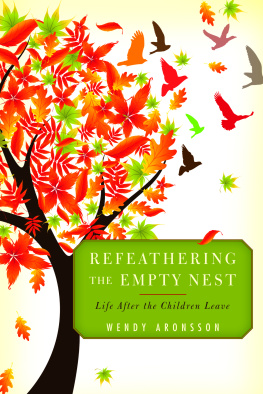

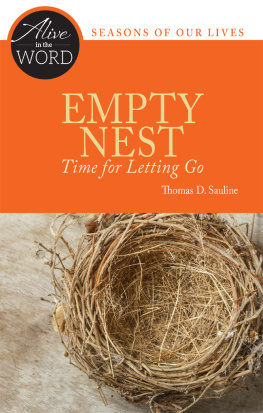
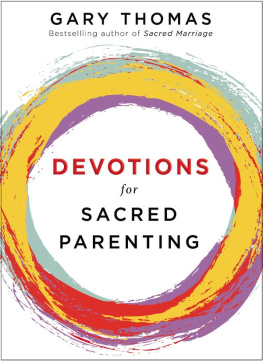
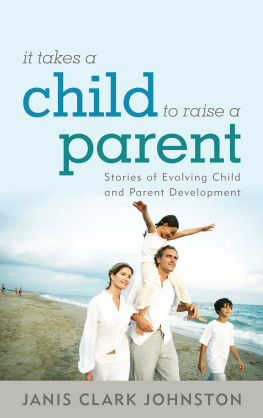

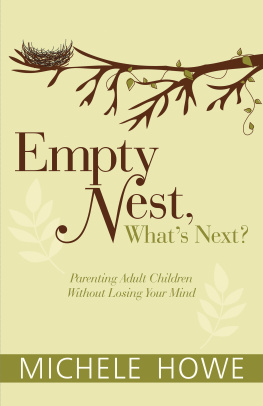
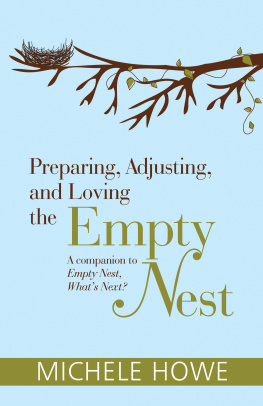


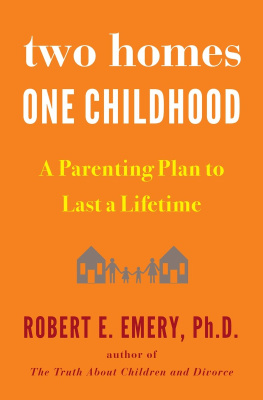
 TM The paper used in this publication meets the minimum requirements of American National Standard for Information Sciences Permanence of Paper for Printed Library Materials, ANSI/NISO Z39.48-1992.
TM The paper used in this publication meets the minimum requirements of American National Standard for Information Sciences Permanence of Paper for Printed Library Materials, ANSI/NISO Z39.48-1992.